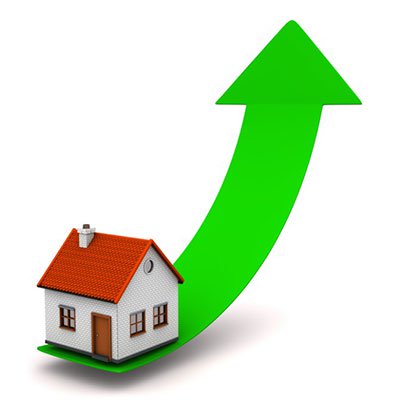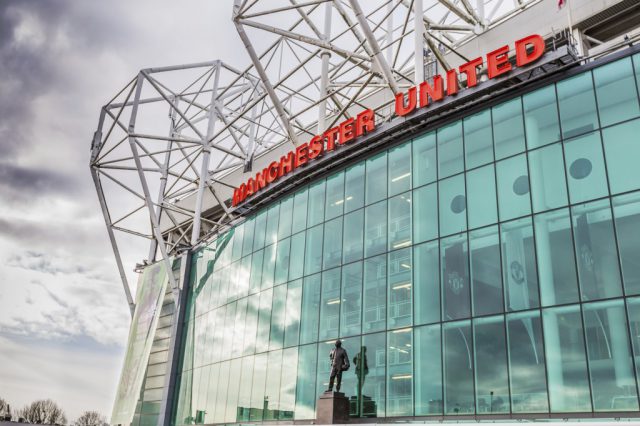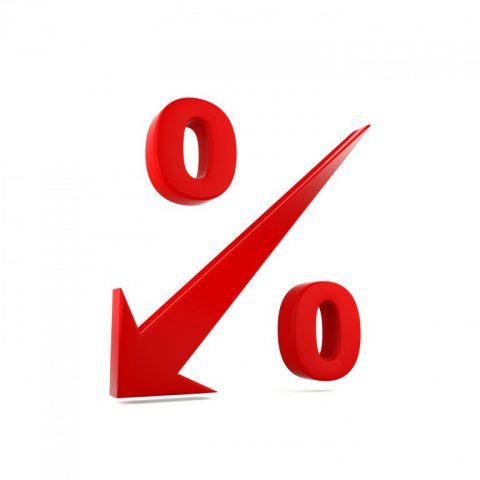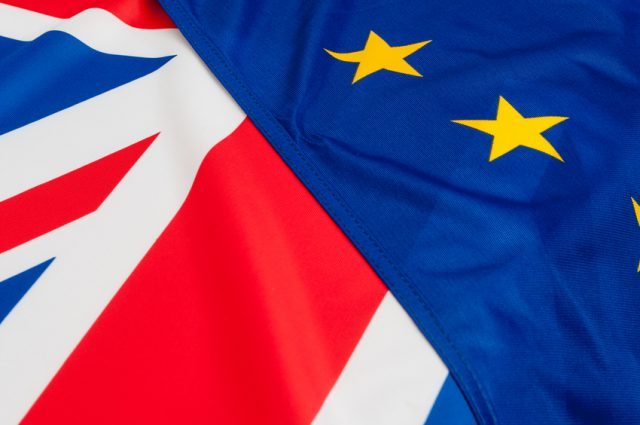Property asking prices rise during September
Property prices in the UK rose by 0.7% during September, with the East of England showing the most prominent rises.
However, a report from Home.co.uk suggests that many sellers are being too optimistic on their pricing.
Rises
Month-on-month, property asking prices rose by 0.7% in England, by 0.3% in Scotland and by 0.2% in Wales. Yearly, prices are up by 4.4%, 5.3% and 1.3% than at the same period in 2015.
In addition, supply has found to have risen by 11% year-on-year across Britain. This was particularly driven by the South and East of the England. In London, supply rose by 19%, in the South East by 23% and the East by 30%.
The largest month-on-month rise in asking price was found in the East of England, with 1.1%. This took the average asking price in the region to £342,915, some 11.5% greater than one year previously.
Next came the South East and the East Midlands, with rises of 1% recorded. This pushed the average asking price of property in these regions to £394,837 and £211,328 respectively. Annually, there were increases of 4.2% and 5.5%.
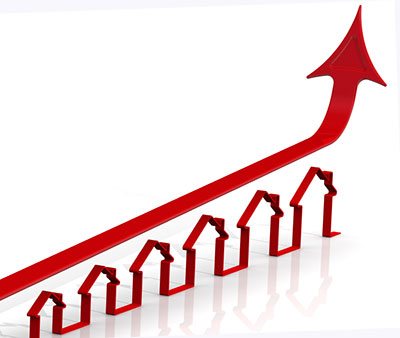
Property asking prices rise during September
Muted
More muted growth was evident in the West Midlands, with asking prices up by 0.5% month-on-month and 6.5% year-on-year. The North West saw rises of 0.1% and 4.2%, Yorkshire and the Humber 0.2% and 3% and the North East 0.2% and 1.1%. Asking prices in these regions are now £225,664, £181,459 and £157,577 respectively.
The report also indicates that a sign of fragility within the market is evident with a growing number of sellers cutting asking prices. This is currently at a three-year high in Britain, with Home.co.uk expecting more to follow.
Doug Shepherd, director of Home.co.uk, noted: ‘Supply is increasingly rapidly in the East, South East and London. What’s more, the pricing of these new instructions is looking rather optimistic.’[1]
[1] http://www.propertywire.com/news/europe/asking-prices-across-uk-sellers-optimistic-index-suggests/
